PPT-Programming in C & Living in Unix
Author : terrificycre | Published Date : 2020-06-30
15213 Introduction to Computer Systems Recitation 6 Monday Sept 30 2013 Marjorie Carlson Section A Weekly Update Buffer Lab is due Tuesday tomorrow 1159PM This is
Presentation Embed Code
Download Presentation
Download Presentation The PPT/PDF document "Programming in C & Living in Unix" is the property of its rightful owner. Permission is granted to download and print the materials on this website for personal, non-commercial use only, and to display it on your personal computer provided you do not modify the materials and that you retain all copyright notices contained in the materials. By downloading content from our website, you accept the terms of this agreement.
Programming in C & Living in Unix: Transcript
Download Rules Of Document
"Programming in C & Living in Unix"The content belongs to its owner. You may download and print it for personal use, without modification, and keep all copyright notices. By downloading, you agree to these terms.
Related Documents

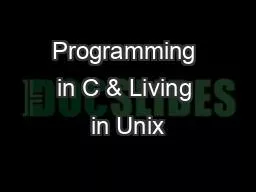
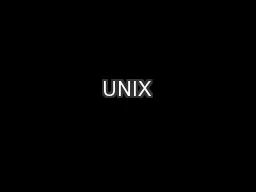
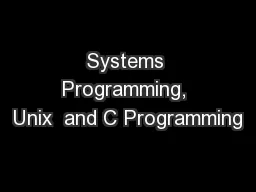
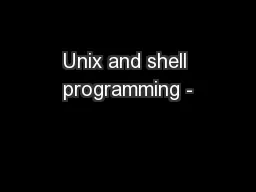
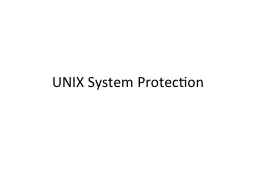
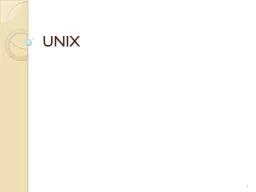
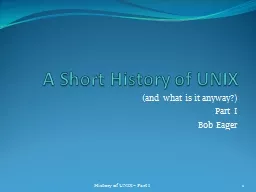
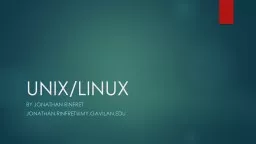
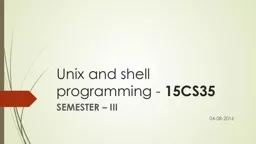
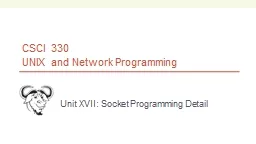
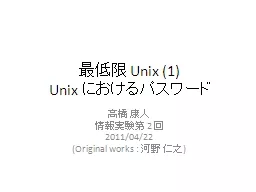
![[PDF]-Programming 3: Python Programming Professional Made Easy & C Programming Success](https://thumbs.docslides.com/980147/pdf-programming-3-python-programming-professional-made-easy-c-programming-success-in-a-day-c-programming-c-programming-c-programming-language-html-python-programming-python-java-php.jpg)
![[FREE]-Programming 16: Python Programming In A Day & C Programming Professional Made Easy](https://thumbs.docslides.com/980148/free-programming-16-python-programming-in-a-day-c-programming-professional-made-easy-c-programming-c-programming-c-programming-language-html-python-python-programming-coding-css-java-php.jpg)